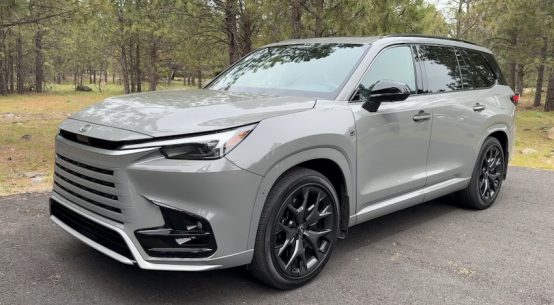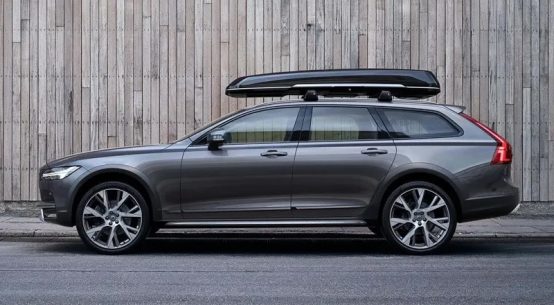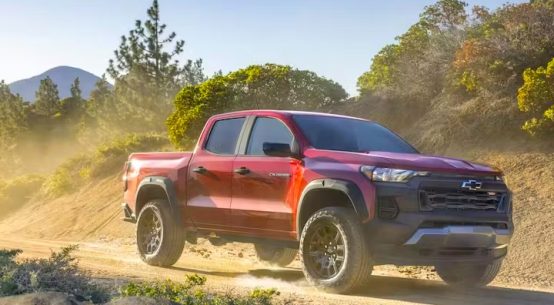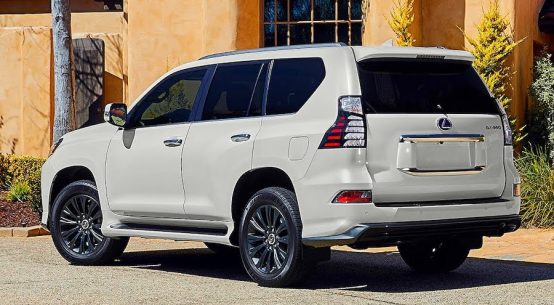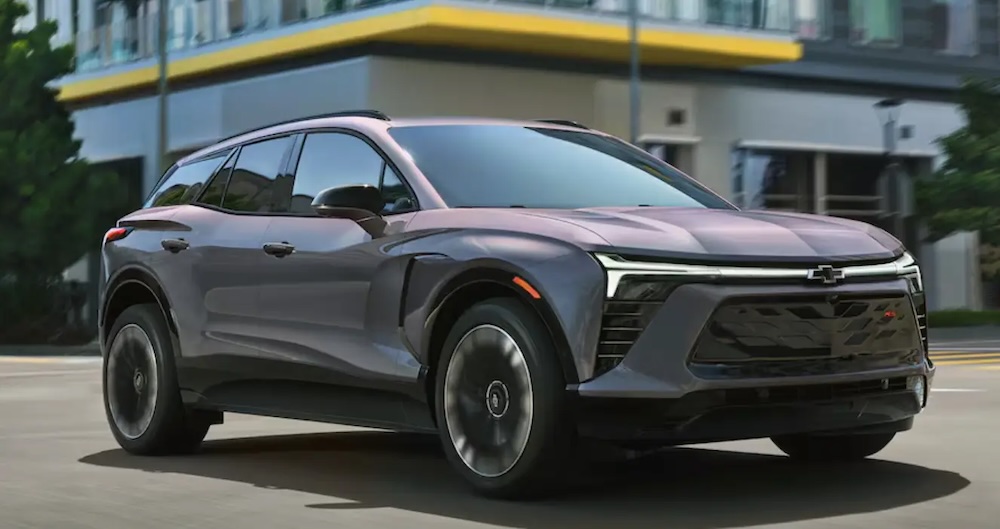
The 2025 Chevrolet Blazer EV is Chevy’s ambitious entry into the competitive midsize electric SUV segment. Built on GM’s Ultium platform, the Blazer EV offers a blend of sporty styling, sharp handling, and a range that positions it well against rivals. But while it impresses with technology and powertrain options, it’s not without compromises that potential buyers should carefully consider.
Powertrain and Performance: A Tale of Two Options
The 2025 Blazer EV offers two battery sizes and both rear-wheel drive (RWD) and all-wheel drive (AWD) configurations. The LT and RS AWD trims deliver 288 horsepower and 333 lb-ft of torque, while the RWD RS trim steps up to 340 horsepower and 325 lb-ft of torque.
At the top of the lineup sits the SS trim, a performance-focused model boasting 557 horsepower and 648 lb-ft of torque. In “Wide Open Watts” mode, Chevrolet claims it can sprint from 0-60 mph in under 4 seconds. However, it’s worth noting that AWD models offer slightly less range than their RWD counterparts.
While the Blazer EV’s acceleration and handling are commendable, its power delivery feels more aligned with a performance crossover than a rugged SUV.
Range Breakdown:
- RS Rear-Wheel Drive: Up to 324 miles
- LT and RS AWD: Up to 279 miles
- SS AWD: Estimated at 294 miles
Compared to rivals like the Kia EV6 and Ford Mustang Mach-E, these numbers are competitive but not groundbreaking.
Interior and Practicality: Mixed Results
Inside, the Blazer EV aims to balance futuristic tech with traditional controls. Its 17.7-inch infotainment touchscreen dominates the dashboard, while physical knobs and buttons for climate control offer convenience often missing in rivals like Tesla.
Seating comfort is solid, especially in the front row, but rear-seat passengers might notice a lack of headroom compared to competitors like the Kia EV6. Cargo space is also underwhelming, offering:
- 25.8 cubic feet behind the rear seats
- 59.8 cubic feet with rear seats folded
For reference, the Ford Mustang Mach-E offers nearly identical cargo capacity, while the Tesla Model Y blows both out of the water with up to 68 cubic feet.
Material quality in the cabin is decent but leans heavily on synthetic finishes rather than premium textures found in higher-end competitors.
Technology and Infotainment: Advanced, but with Caveats
The Chevy Blazer EV gets high marks for its infotainment system, featuring Google Built-In for navigation and voice control. However, it does not support Apple CarPlay or Android Auto—a surprising omission in an SUV at this price point.
For drivers accustomed to seamless smartphone integration, this could be a dealbreaker. On the flip side, over-the-air updates promise continuous improvements to software and functionality.
Upper trims also offer premium tech perks like:
- Head-Up Display
- 360-Degree Camera System
- Bose Eight-Speaker Audio System
Safety and Driver Assistance: Loaded with Features
Every 2025 Blazer EV comes equipped with the Chevy Safety Assist suite, including:
- Forward Collision Warning
- Automatic Emergency Braking
- Lane-Keeping Assist
- Automatic High Beams
Advanced options include:
- Adaptive Cruise Control
- Reverse Automatic Braking
- Advanced Park Assist
The Super Cruise hands-free driving system is also available on select trims, offering semi-autonomous driving on compatible highways. However, early models may not have this feature available at launch.
Trim Levels and Recommendations
- LT ($48,995): A well-equipped base trim with AWD, 19-inch wheels, LED lighting, and a 17.7-inch touchscreen.
- RS ($54,295): Adds larger 21-inch wheels, synthetic leather, ventilated front seats, and optional rear-wheel-drive for improved range. (Best Value Trim!)
- SS (Estimated ~$65,000): High-performance AWD with 22-inch wheels, Brembo brakes, sport-tuned suspension, and faux suede upholstery.
The RS trim stands out as the most balanced option, combining strong range, performance, and premium features at a more approachable price point.
Charging and Efficiency: Fast but Not Revolutionary
Equipped with DC fast-charging capability, the Blazer EV can regain:
- 80 miles of range in 10 minutes (RWD models)
- 68 miles in 10 minutes (AWD models)
While fast-charging performance is respectable, it doesn’t outshine class leaders like the Hyundai Ioniq 5, which offers an 800-volt architecture for lightning-fast recharges.
Final Verdict: Stylish, Tech-Savvy, but Flawed
The 2025 Chevrolet Blazer EV brings impressive style, strong performance (especially in SS trim), and a spacious, tech-forward cabin to the midsize electric SUV market. However, its lack of Apple CarPlay and Android Auto, mediocre cargo space, and underwhelming rear-seat headroom prevent it from being a clear segment leader.
For buyers prioritizing sporty handling and bold design, the Blazer EV is worth a look. But for those focused on maximum range, practicality, and seamless tech integration, alternatives like the Kia EV6, Ford Mustang Mach-E, or Honda Prologue might be more compelling.
Find the Best Deal on a 2025 Chevrolet Blazer EV
Why pay more when you can unlock real-time dealer pricing and exclusive offers in seconds?




Make your next car-buying experience smarter, easier, and more affordable. Start your search now and drive away with confidence.
